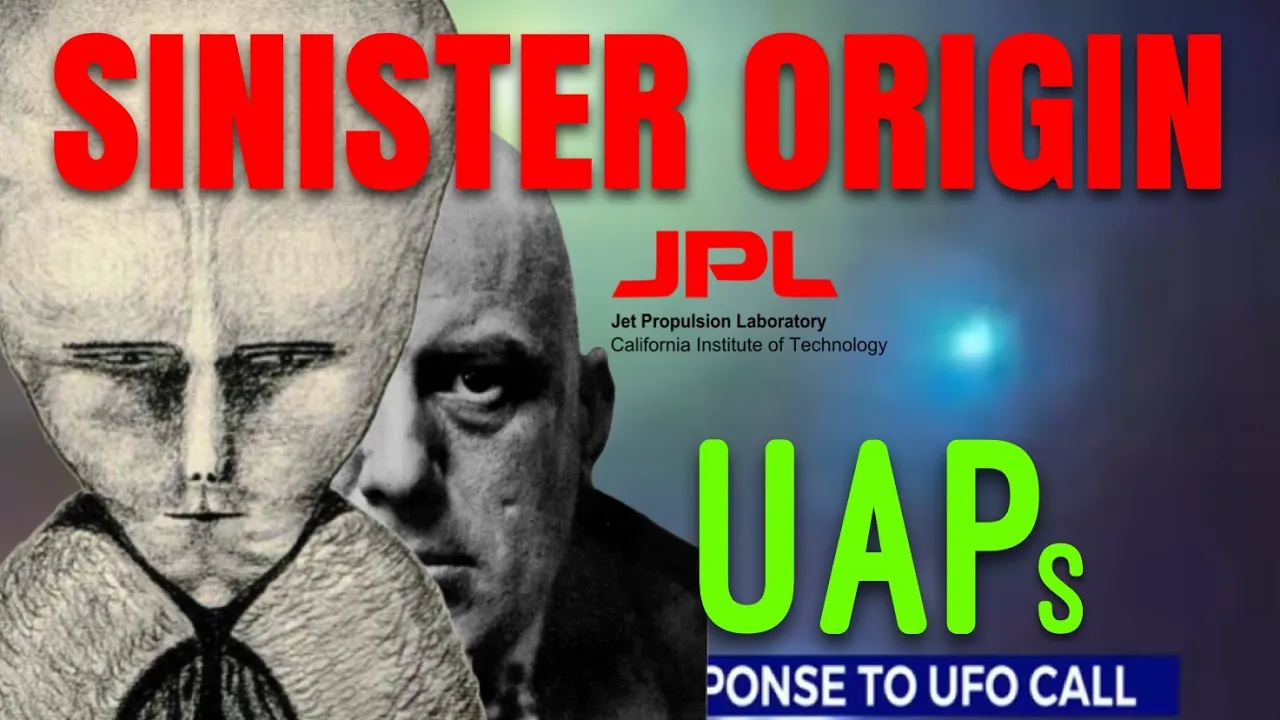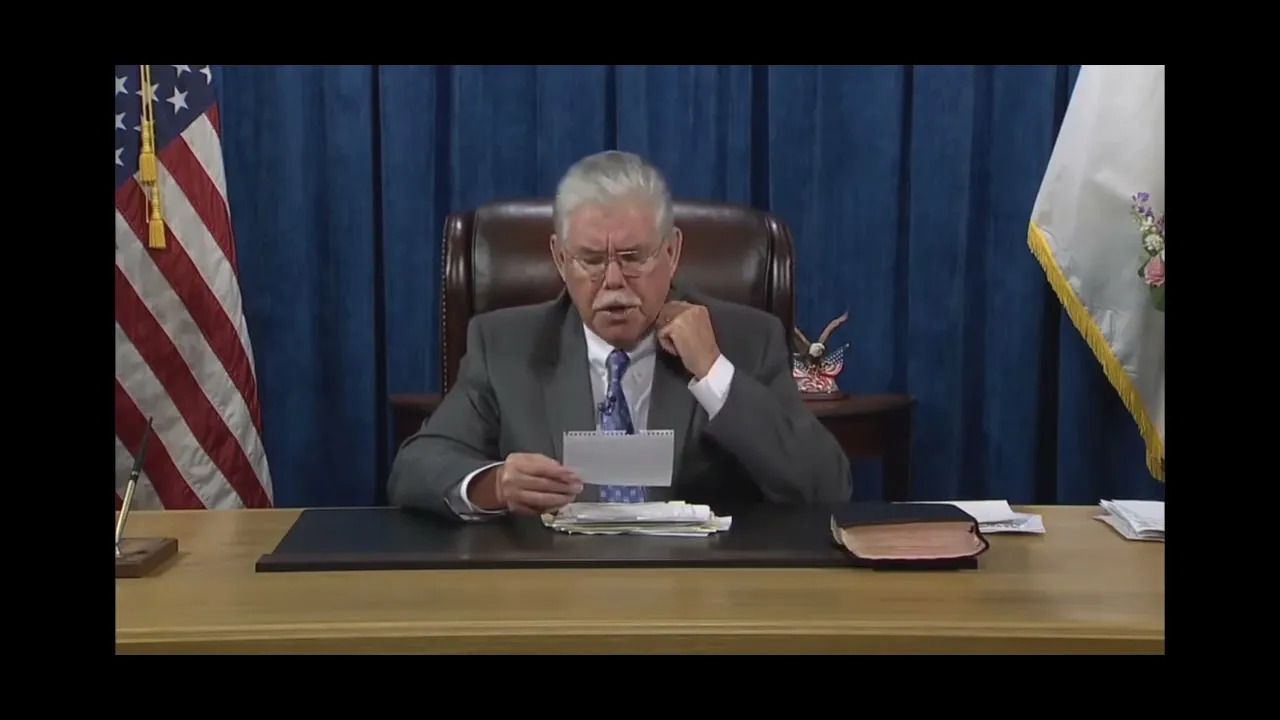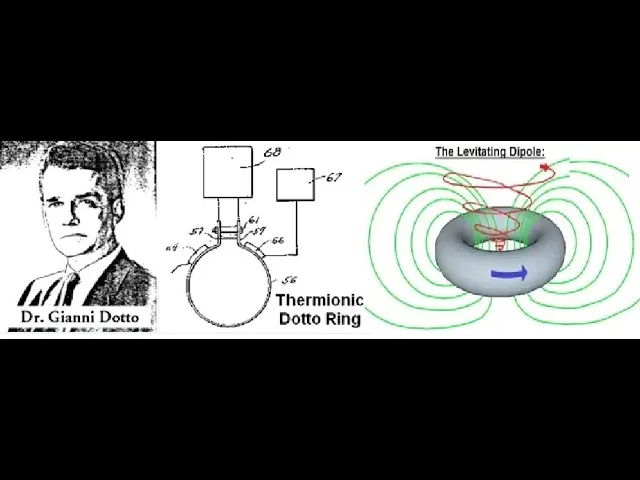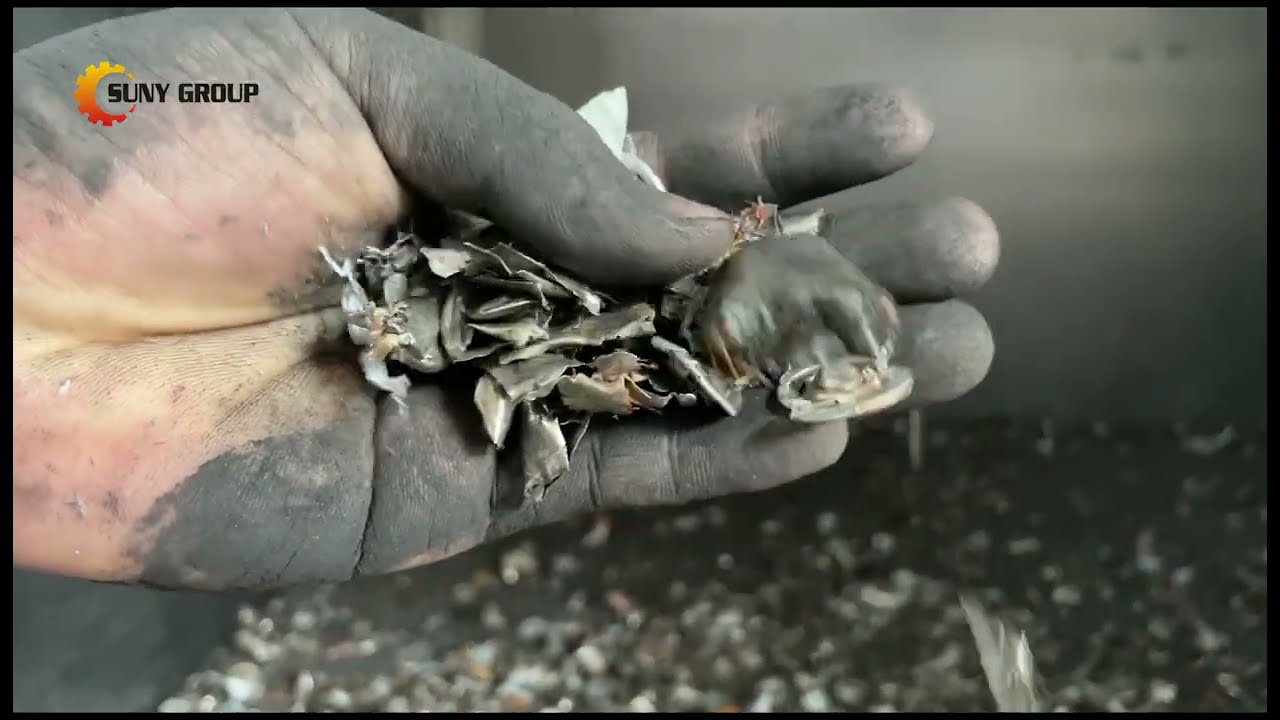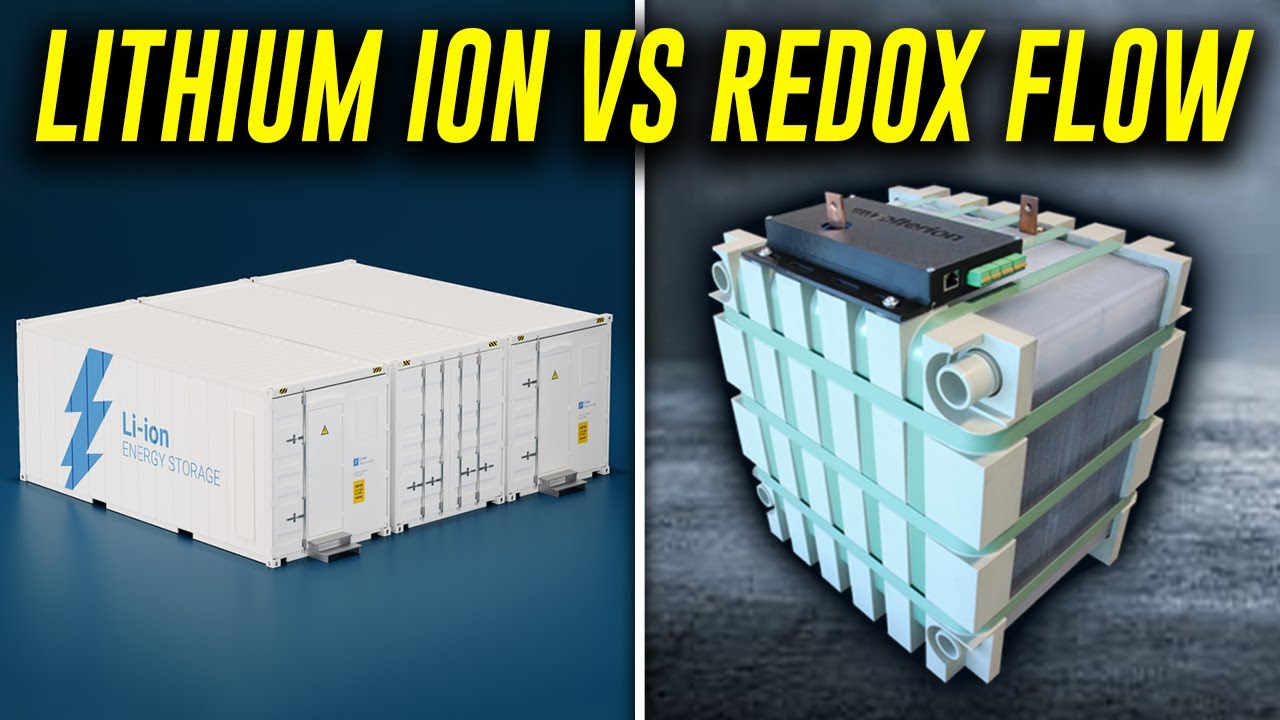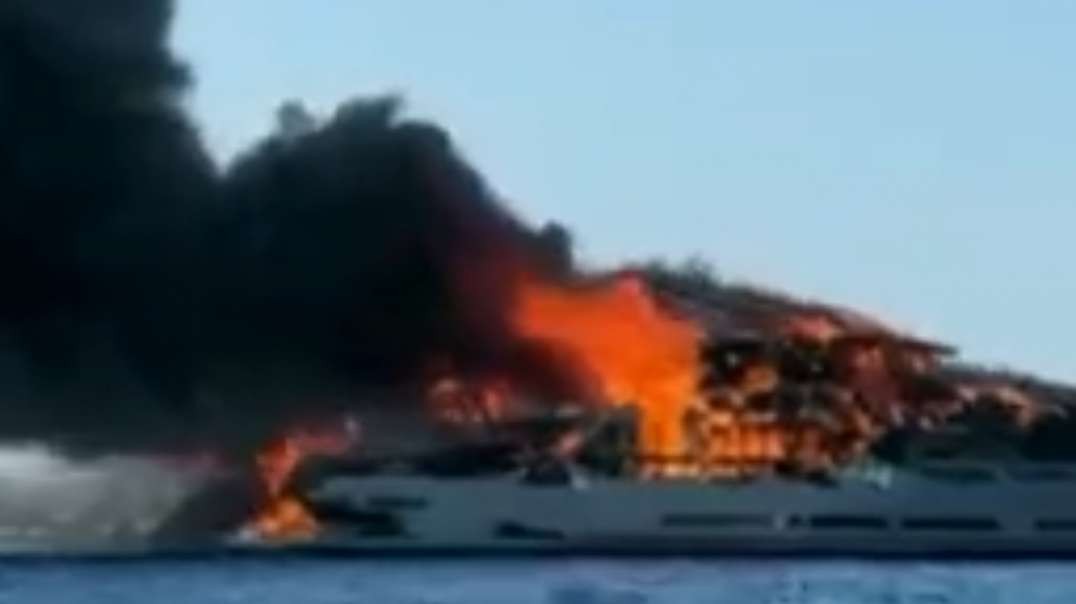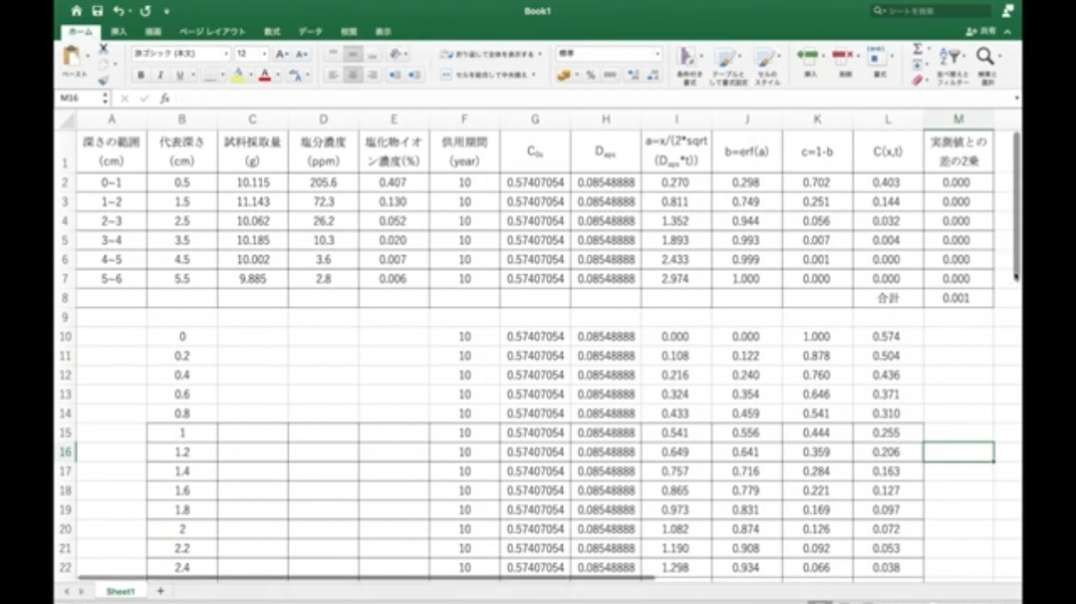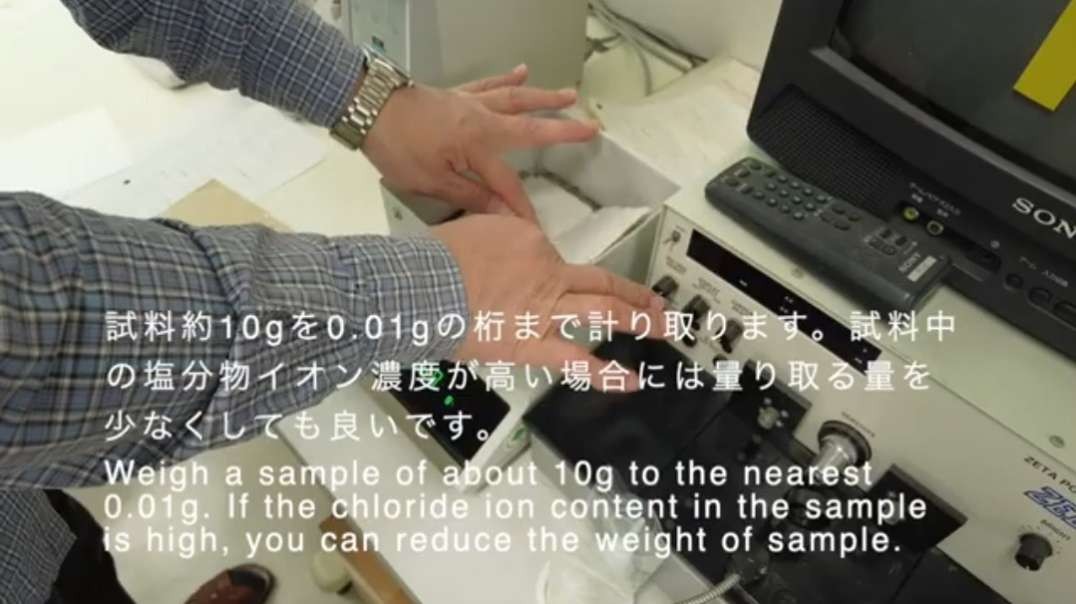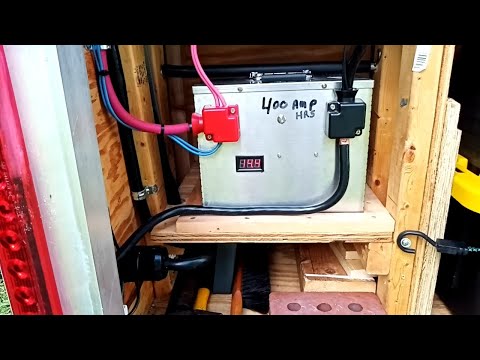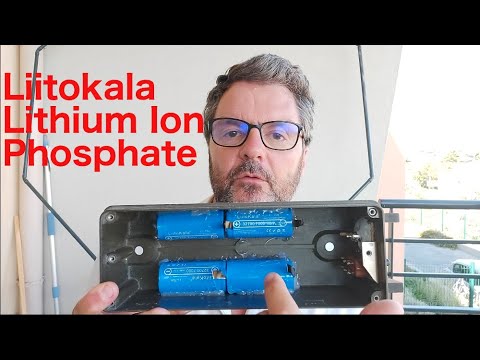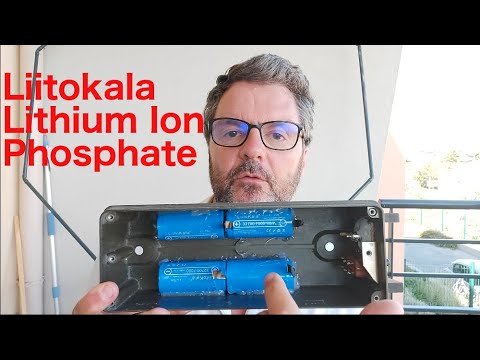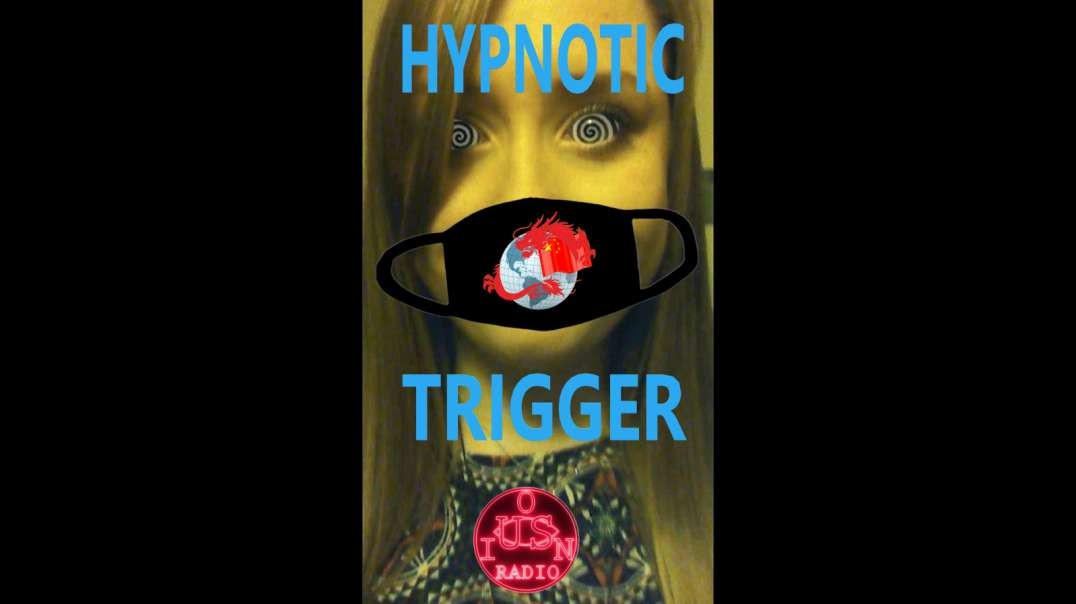Ion Propulsion
Ion Propulsion - Transport System to the Planets
The efficiency of a rocket engine can be described by its specific impulse, which is the change of momentum gained from a 1 kilogram weight of propellent.
The Space Shuttle main engines have a specific impulse of 453 seconds which is typical of a liquid fuelled rocket engine.
An Ion thruster has a specific impulse of more than 3000 seconds and so requires less than a sixth of the fuel of a liquid fuelled engine.
Gridded electrostatic ion thrusters commonly utilize Xenon gas. The gas is first ionized by bombarding it with electrons. The positively charged ions then diffuse through the positive grid and enter a potential difference between the positive and negative grids. The potential difference accelerates the ions to high velocities, which then leave the engine to create thrust. An electron emitter, on the exterior of the engine, neutralizes the ion beam to prevent charge build-up.
The typical thrust of an ion engine is equivalent to a weight of 10 grams - about the weight of a sheet of paper.
This means ion thrusters need to provide continuous thrust for a very long time in order to achieve a reasonable change in velocity. Electrostatic ion engines have been tested for 3.5 years of continuous thrust at full power. Collision of ions with the charged grids causes their erosion and will lead to eventual failure.
Ion engines consume more than 2 kilowatts of electrical power, which may be generated by solar arrays or nuclear generator.
NASA has developed a Xenon ion thruster called NSTAR for use in their inter-planetary missions. This thruster was tested in the space probe Deep Space 1, launched in 1998.
The Dawn mission was launched in September 2007 to explore the dwarf planet Ceres and the asteroid Vesta. To cruise from Earth to its targets it will use three Deep Space 1, heritage, NSTAR thrusters, firing only one at a time, to take it in a long outward spiral. The three thrusters are required to meet the lifespan requirement of the engine.
https://www.youtube.com/watch?v=boB6qu5dcCw


